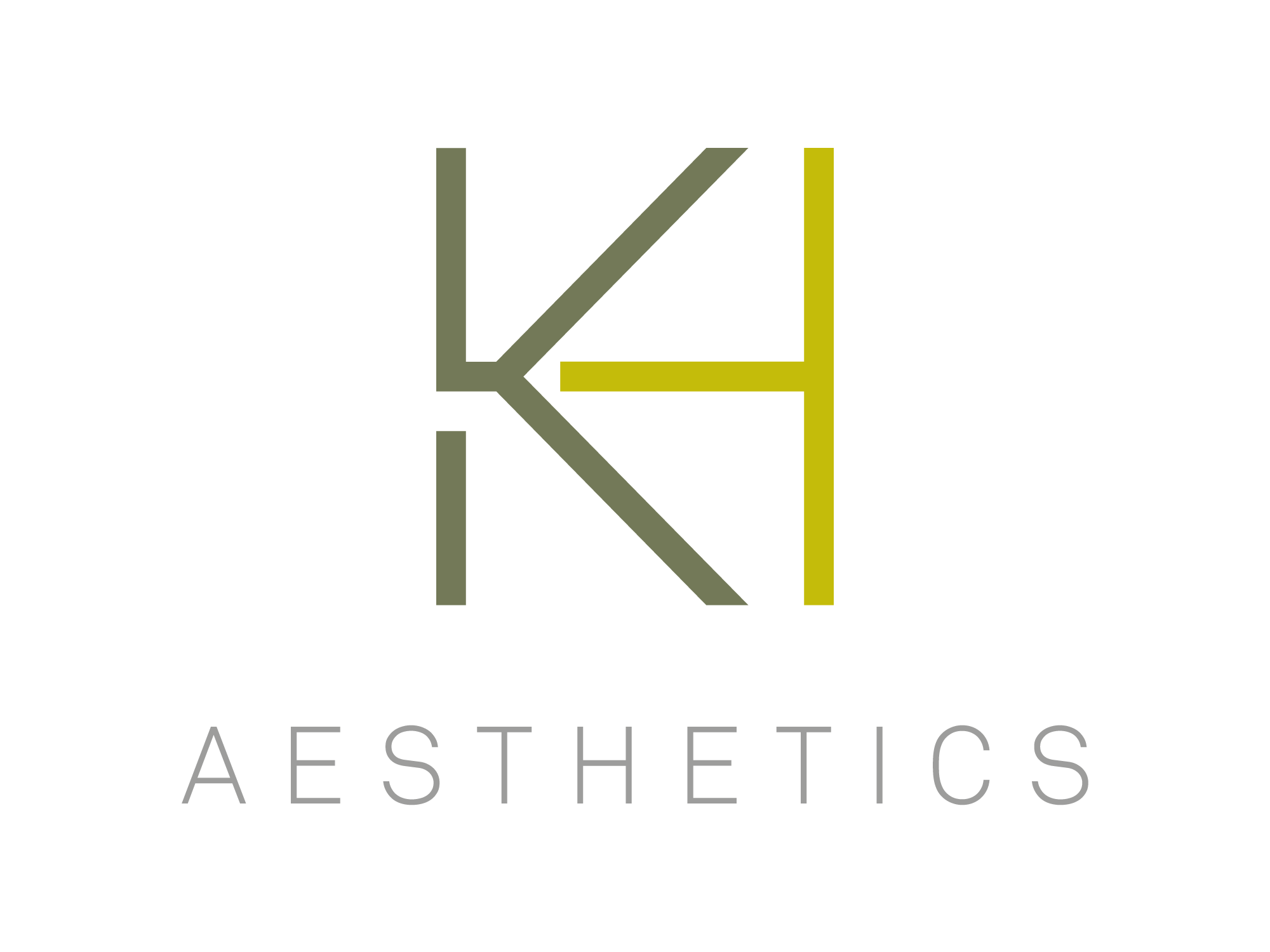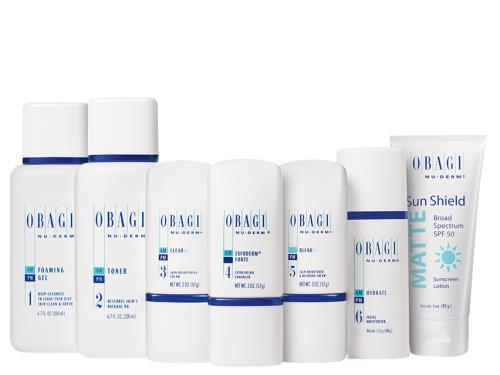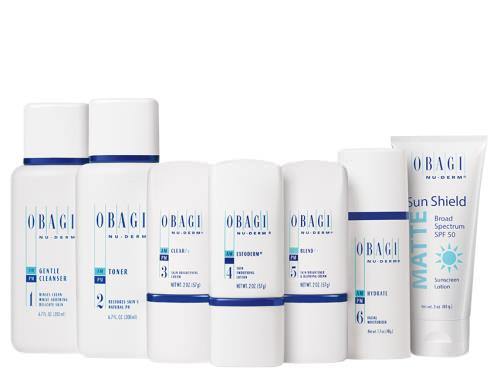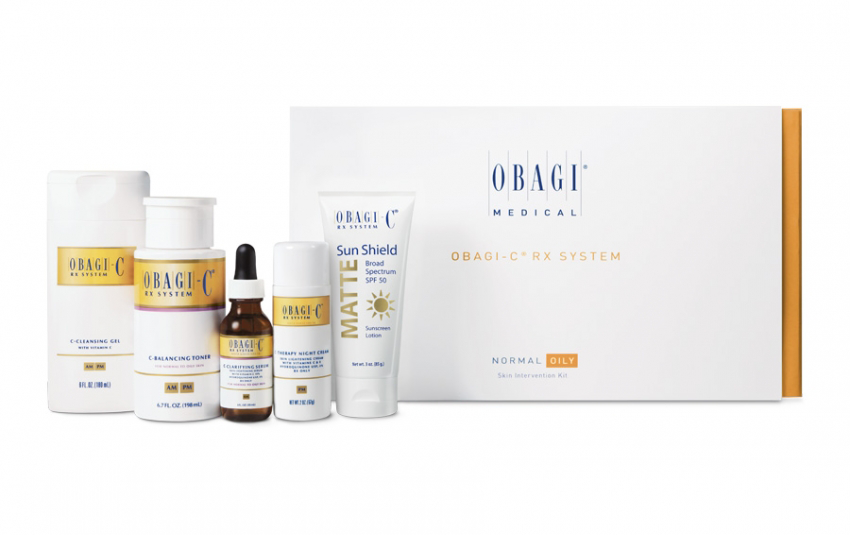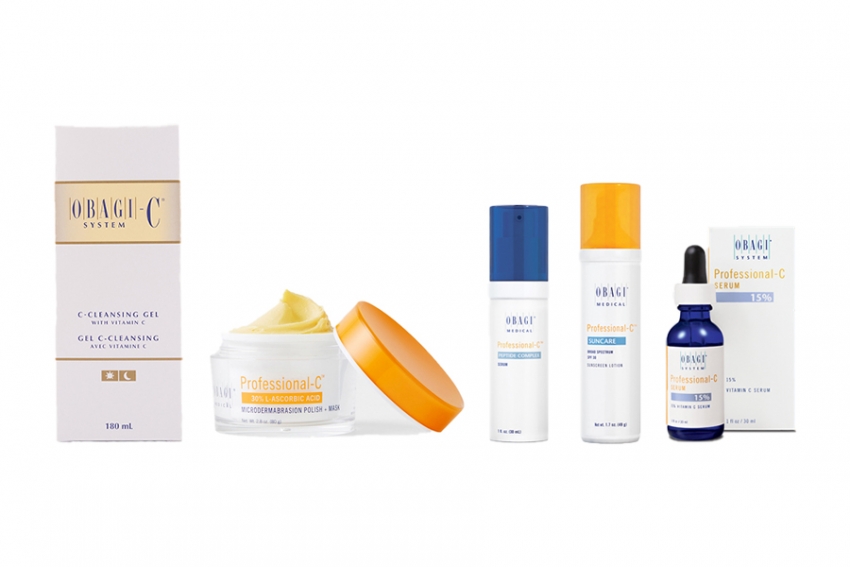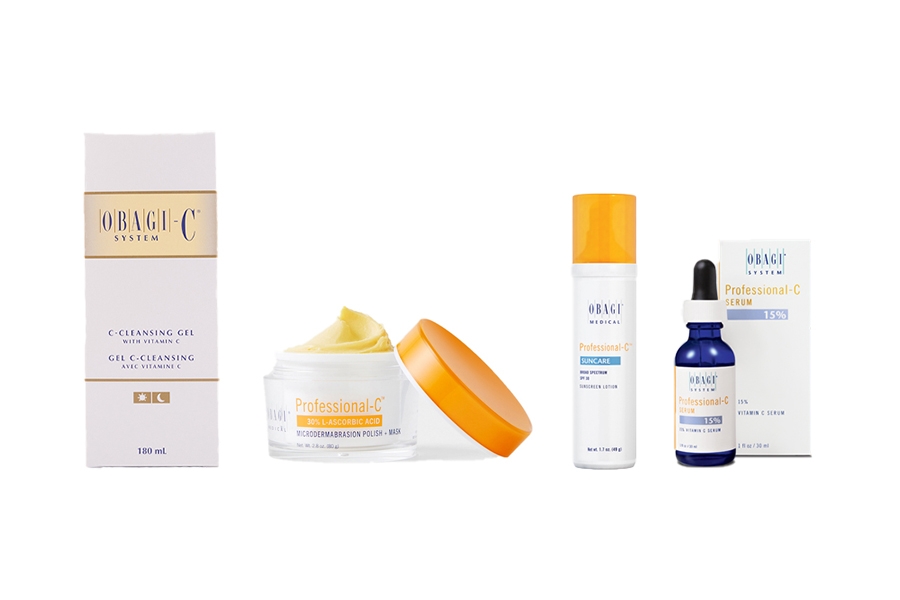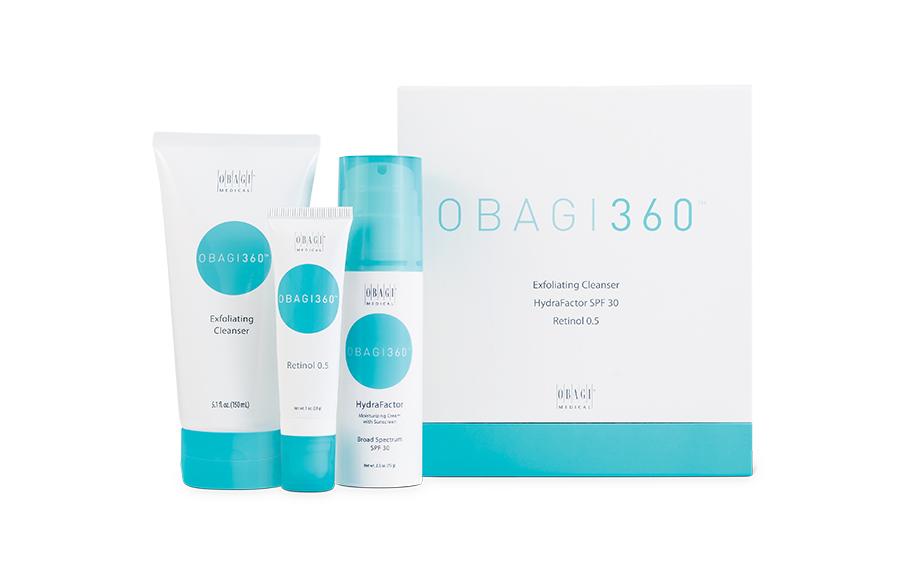What is Ageing? The multifaceted ageing process actually starts from the day we are born, with visible effects usually seen in our 30’s and consists of a combination of intrinsic and extrinsic factors. Intrinsic factors include chronological age, genetics, changes in structure including bone reabsorption and redistribution of fat pads. Extrinsic ageing (physiological age), however, is due to a combination of lifestyle, UV exposure (photodamage), damage from degenerative free radicals, animated repetitive expressions, and gravity. Diet and exercise along with smoking and sleeping positions also contribute to this process. The most noticeable changes from extrinsic factors are a reduction in laxity, though a loss of elasticity and collagen. The skin texture appears rough, pores become more visible and there is an increased risk of developing telangiectasia and pigmentation.
As we age there is a reduction in the amount of oxygen and nutrients delivered to the skin from the capillary blood supplied to the dermis, resulting in a decrease in cellular function. Healthy skin also relies on a continuous regeneration of fibroblasts, which in turn produces collagen and elastin, playing an important role in the strength and bounce within skin. Water-binding properties within the epidermis are impaired and dry, dull looking skin is seen due to a decrease in water content and light reflectivity.
For many years now we have been aware of the damage ultraviolet B (UVB) exposure can cause and to prevent burning a high SPF is now used. However, it is only recently the photodamage produced in the dermal layer of skin by ultraviolet A (UVA) has become widely known. UVA penetrates the deep dermal layer creating lasting DNA damage and premature ageing. UVA makes up 95% of the total UV rays. Dermal penetration affects the blood and connective tissues, and skin shows signs of wrinkles due to a loss of elasticity. Melanin (pigmentation) within the cells of the epidermis is activated and there is an increase in oxidative stress from free radicals. Damaging UVA, infrared-A and visible light radiation contributes to 80% of skin ageing.
The Obagi systems have been formulated to address the signs of ageing and photodamage, a detailed consultation is required to assess which system will suit your clinical need.
